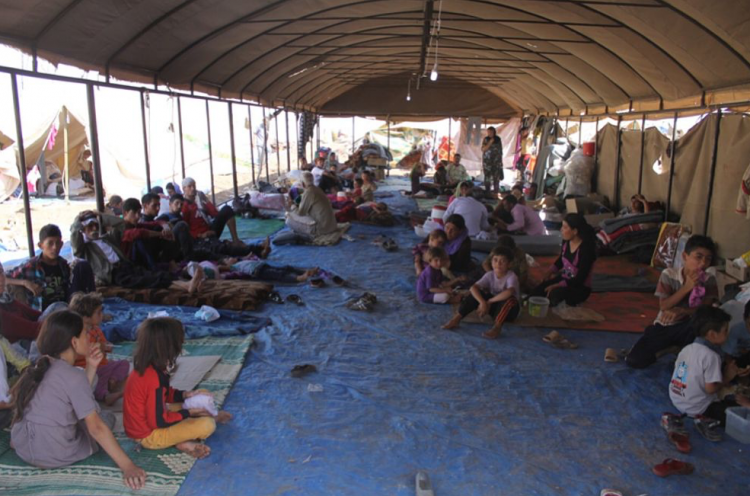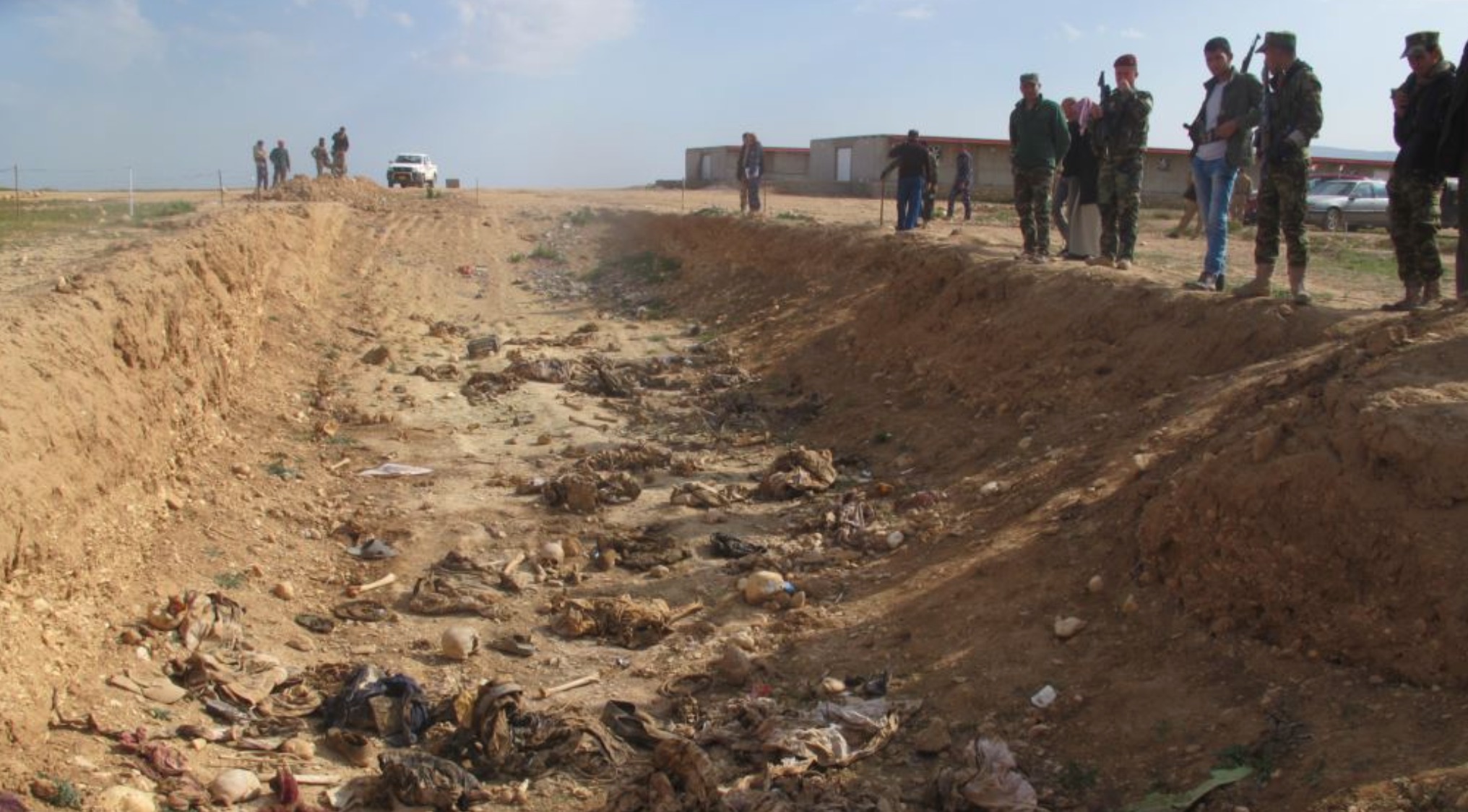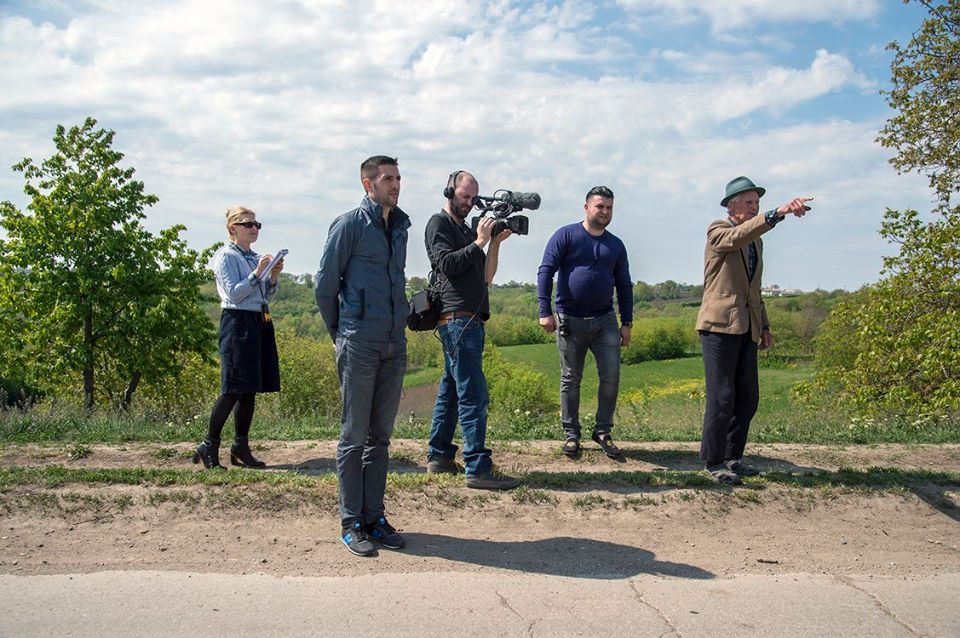The Unknown Genocide

For many years there was a period of silence about the Holocaust as witnesses of the horrific event were reluctant to speak on both sides of the Atlantic. Yahad In-Unum (YIU) is a research organization that took the initiative to unveil the stories of the once silent witnesses in order to remember the forgotten victims while uncovering forgotten historical facts. Holocaust by Bullets: YIU's first project derives from the unknown killings that took place during the Holocaust when Nazi Germany invaded the Soviet Union between 1941 and 1944. Though there is common knowledge about extermination camps that systematically killed millions of Jews and other groups Nazis considered as inferior, there is a lack of public knowledge upon the mass shootings of Jews conducted by the Nazis and their allies that took place in rural villages across Eastern Europe. After each shooting in a village, the Nazis buried their victims in ditches that would eventually become forgotten mass graves. Until recently, this portion of Holocaust history was rather unknown. A similar phenomenon is going on today: the unknown genocide of the Yezidi people.
Second mass Yezidi grave found in Sinjar area—February 2015. Image Credit: Radio Free Europe Radio Liberty
Who are the Yezidi People? Labeled as disbelievers of Islam, the Yezidi religious minority, whose religion that forego Islam, are currently threatened with death in Iraq. Perhaps you've heard or read the name "Yezidi" recently due to Canada's commitment to resettle 1,200 Yezidi refugees. On August 4th, 2014, an Iraqi parliament member broke down in tears pleading the parliament to save Yezidis from genocide. Three days after the outcry at the Iraqi parliament, President Obama addressed the crisis in Iraq as he announced authorization of airstrikes and a humanitarian mission to aid the Yezidi people trapped on Mount Sinjar. "...Yezidi women, men, and children from the area of Sinjar have fled for their lives...People are starving. And children are dying of thirst. Meanwhile, ISIL forces below have called for the systematic destruction of the entire Yezidi people, which would constitute genocide... innocent families are faced with a horrible choice: descend the mountain and be slaughtered, or stay and slowly die of thirst and hunger." In the summer of 2016, the United Nations confirmed the Islamic State of Iraq and Levant (ISIL) is committing genocide against the Yezidi people.
Since the UN's announcement, little has been spread online about the Yezidi genocide. However, the organization Yahad-In Unum (YIU) conducts research and exposes evidence of these little-known crimes in order to bring closure to the victims while simultaneously spreading awareness of past and current genocide. By collecting video testimonials of eye-witnesses and victims, YIU is able to uncover unknown facts of the Holocaust, the Roma genocide, the armed conflict in Guatemala and their most recent project: the Yezidi genocide in Iraq.
Image Credit: Yahad-In UnumEach YIU project maintains a single premise: to reveal facts of genocidal practices through filmed witness testimonies; yet the beauty of their projects lay in their ability to convey the harrowing, and previously unknown, gruesome realities of both present-day and past occurrences of genocide around the world. Holocaust by Bullets: YIU's first project derives from the unknown killings that took place during the Holocaust when Nazi Germany invaded the Soviet Union between 1941 and 1944. Though there is common knowledge about extermination camps that systematically killed millions of Jews and other groups Nazis considered as inferior, there is a lack of public knowledge upon the mass shootings of Jews conducted by the Nazis and their allies that took place in rural villages across Eastern Europe. After each shooting in a village, the Nazis buried their victims in ditches that would eventually become forgotten mass graves. Until recently, this portion of Holocaust history was rather unknown.
After 10 years, YIU still continues their groundbreaking research on the Holocaust by Bullets. By collecting video testimonials from the once fearful eye-witnesses while uncovering mass graves in rural regions in the once Soviet Union, YIU is able to shed light on forgotten history and lives. Their fieldwork methodology from Holocaust by Bullets has been replicated in each project: locating mass graves and filling the gap of history through filmed testimonies of eye-witnesses. There is a parallel between the genocide of the Jewish and Yezidi people in which the public has been able to turn a blind eye to the dark hidden truth of mass killings around the world. Therefore, the essence of YIU's genocide investigation is that "by learning from the past and educating in the present, we work to prevent genocide mass killings in the future."
Learn more: In order to educate about genocide, YIU offer seminars at various universities and fellowship programs for students who offer a wide variety of skills to aid in fieldwork on a global scale.









